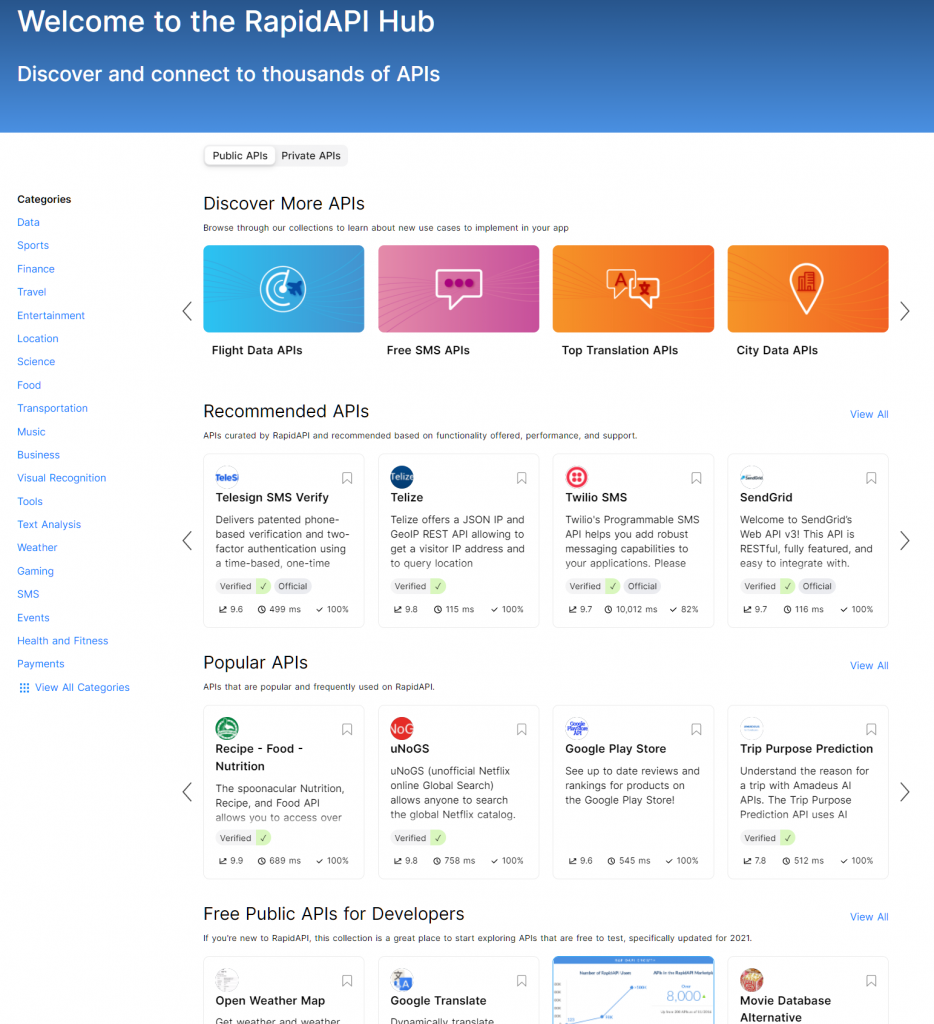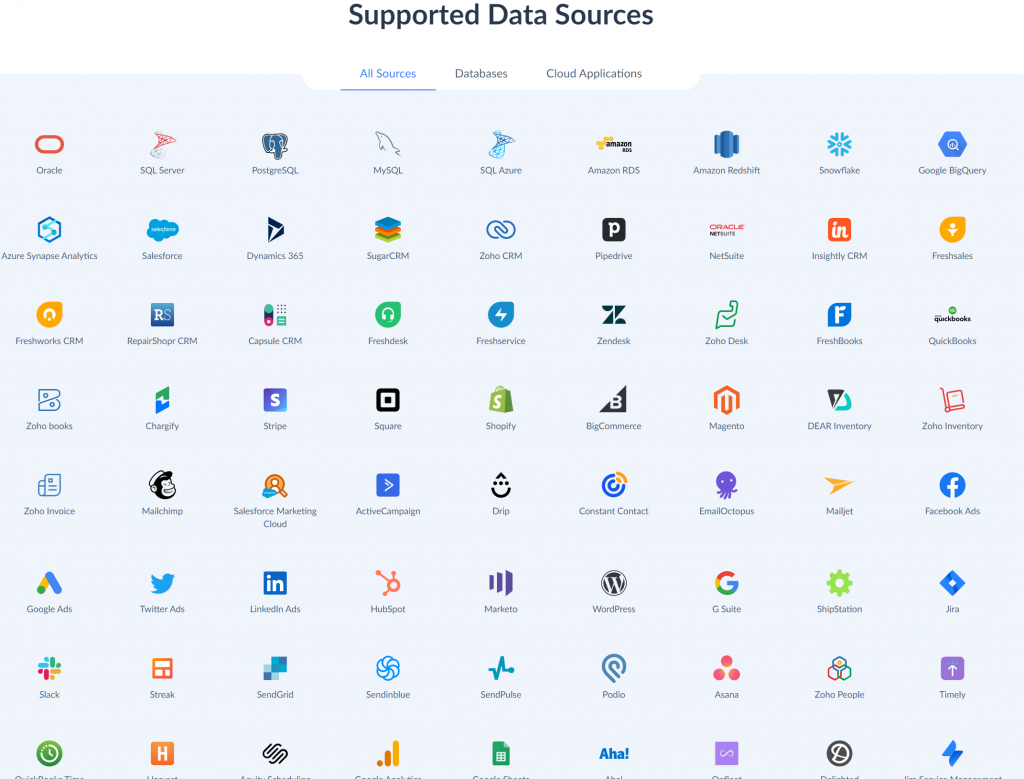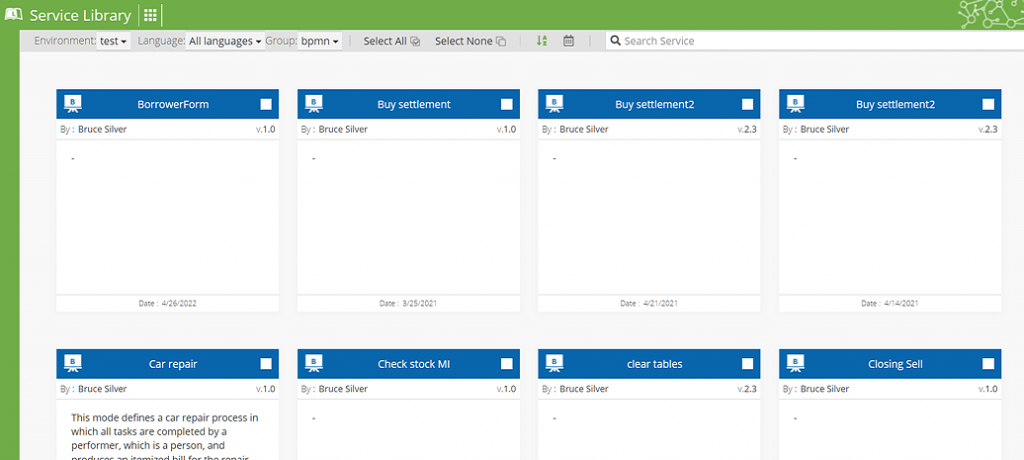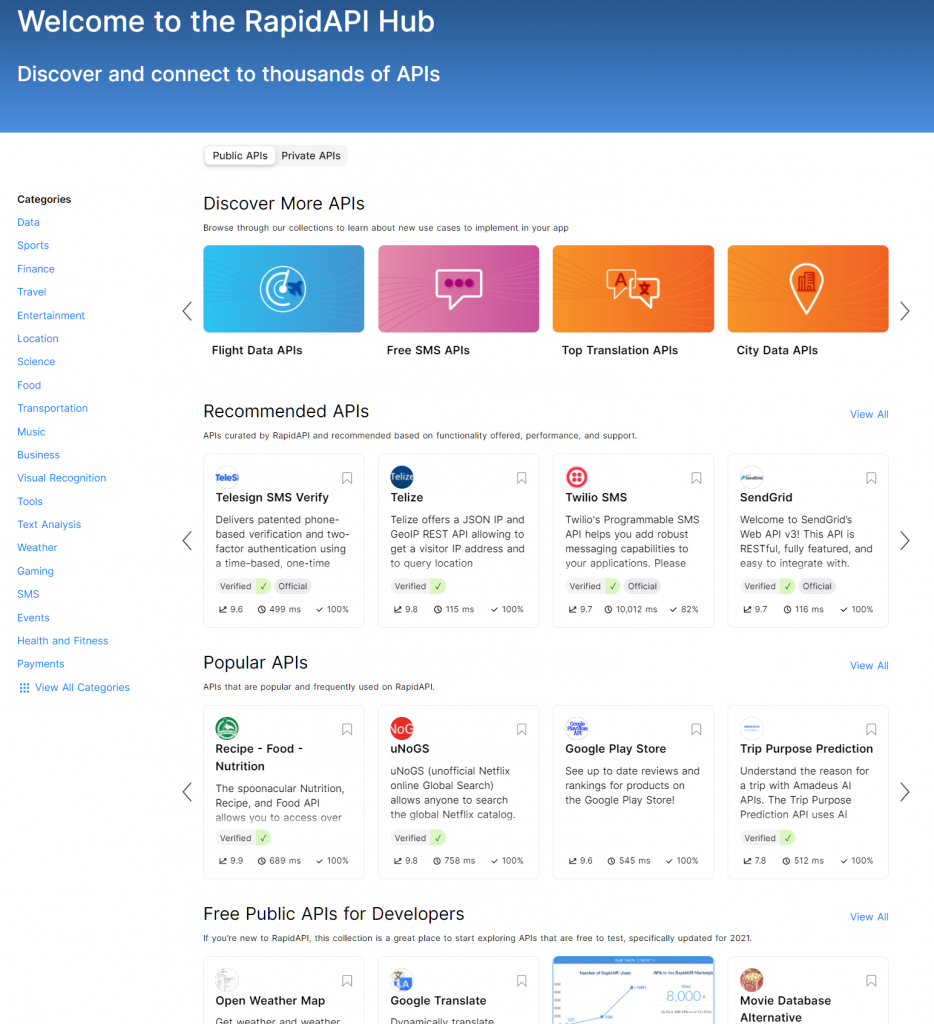REST APIs Are Everywhere
Blog: Method & Style (Bruce Silver)
As we discussed earlier this year, a key factor in the growing popularity of Low-Code Business Automation is the availability of REST APIs for just about anything you need to do. REST APIs provide a simple uniform interface based on the standards of the World Wide Web, so they work the same way with any service operation. You simply send a web message containing the service input parameters and your authorization credential to the service operation’s endpoint URL, and the service responds with its output values. It’s really as simple as that. Business Automation then orchestrates those service operations in a process that automates some higher-level business function. That means you don’t typically build Business Automation solutions from scratch. More often you are composing them from services created independently by others!
Public APIs
Many software companies make their functionality available directly to customers through REST APIs. In addition, API platform vendors aggregate and publish catalogs of public REST APIs from a multitude of service providers. This simplifies life for API consumers by providing a single registration and authorization for all the services. Typically, some limited access is available for free, with higher volume access available for a low monthly subscription. For example, RapidAPI.com provides the world’s largest API Hub, enabling access to over 30,000 public APIs via a single SDK, API key, and dashboard. It simplifies searching for a public API by providing a single destination where you can search or browse APIs by category, collection, or type, and simplifies selection by reviewing the popularity score, average latency, and average success rate directly in the search results. For example, in my Low-Code Business Automation training, we use a free API on RapidAPI.com to get real-time stock bid and ask quotes.

Your Own Databases and Application Data
A second source of REST APIs uses the OData standard to wrap your own databases and application data – on-premise or cloud-based – in a REST interface. For example, my Low-Code Business Automation course uses Skyvia Connect to provide REST APIs for a MySQL database on my own website.

Skyvia Connect provides a data gateway that introspects the data source and exposes 5 REST database operations per table: Get (by id), Find (by query), Create, Update, and Delete. The gateway creates a downloadable metadata file used to configure a connection.
Your Own Business Logic and Automation Services
A third important source of REST APIs is business logic and Business Automation services you create yourself. Business logic published to the Trisotech Cloud as a DMN decision service is automatically exposed as a REST API. Similarly, a Business Automation process published to the Trisotech Cloud as a BPMN service is automatically exposed as a REST API. The Trisotech Service Library provides a catalog function similar to those of RapidAPI.com and Skyvia Connect, a single place to find the REST service you need.

Creating a Connection
Using a REST API in Business Automation requires creating a connection to the service. The information needed to do that takes various forms.
- Service providers publishing REST APIs directly often package the configuration information in a standard json file format called OpenAPI, or “Swagger”. Importing the OpenAPI file allows the automation client to automatically configure a connector to the service. The Trisotech Service Library also provides an OpenAPI file for each published service, which is used for external automation clients. When Trisotech BPMN is the automation client, a more direct connection to the service is typically used.
- In similar fashion, OData providers expose a downloadable XML metadata file that automation clients can import to configure the connection. Skyvia Connect provides this kind of file.
- RapidAPI.com does not provide OpenAPI files, but instead displays configuration information in a standard form on the website, along with examples of calling syntax in a wide variety of programming languages.
The connector to the API depends also on the Business Automation client. Trisotech BPMN, a Low-Code Business Automation client, uses its Operation Library to provide a common interface for all REST services available to the process. If the REST API configuration data is available as an OpenAPI or OData metadata file, creating the Operation Library entry just requires importing that file. Otherwise, as with RapidAPI.com APIs, the Operation Library entry must be created manually from the configuration information provided. It’s not hard, as we explained previously, and we show students how to do this in the Low-Code Business Automation training.
Service Orchestration
On the Trisotech platform, REST APIs are composed in a higher-level Business Automation function using BPMN. Each available service operation is represented by an entry in the Operation Library referenced by a BPMN Service task. The Operation Library automatically generates FEEL datatypes equivalent to the json or XML types defined in the imported configuration files, so the service inputs and outputs, described as FEEL data structures, become the Service task inputs and outputs.
Orchestration requires mapping process variables – data objects – to and from the Service task inputs and outputs. Since they are all defined as FEEL data, the mapping is Low-Code, using boxed expressions and FEEL, not programming. In fact, no part of incorporating the REST APIs, from discovery to connector creation to orchestration, requires programming. That’s the beauty of it!
Find out how you can create Business Automation services and pageflow apps without programming by taking my new Low-Code Business Automation training. It includes 60-day use of the Trisotech Modeling and Automation platform, and post-class certification. You might be surprised how much you can do without programming.
Leave a Comment
You must be logged in to post a comment.








